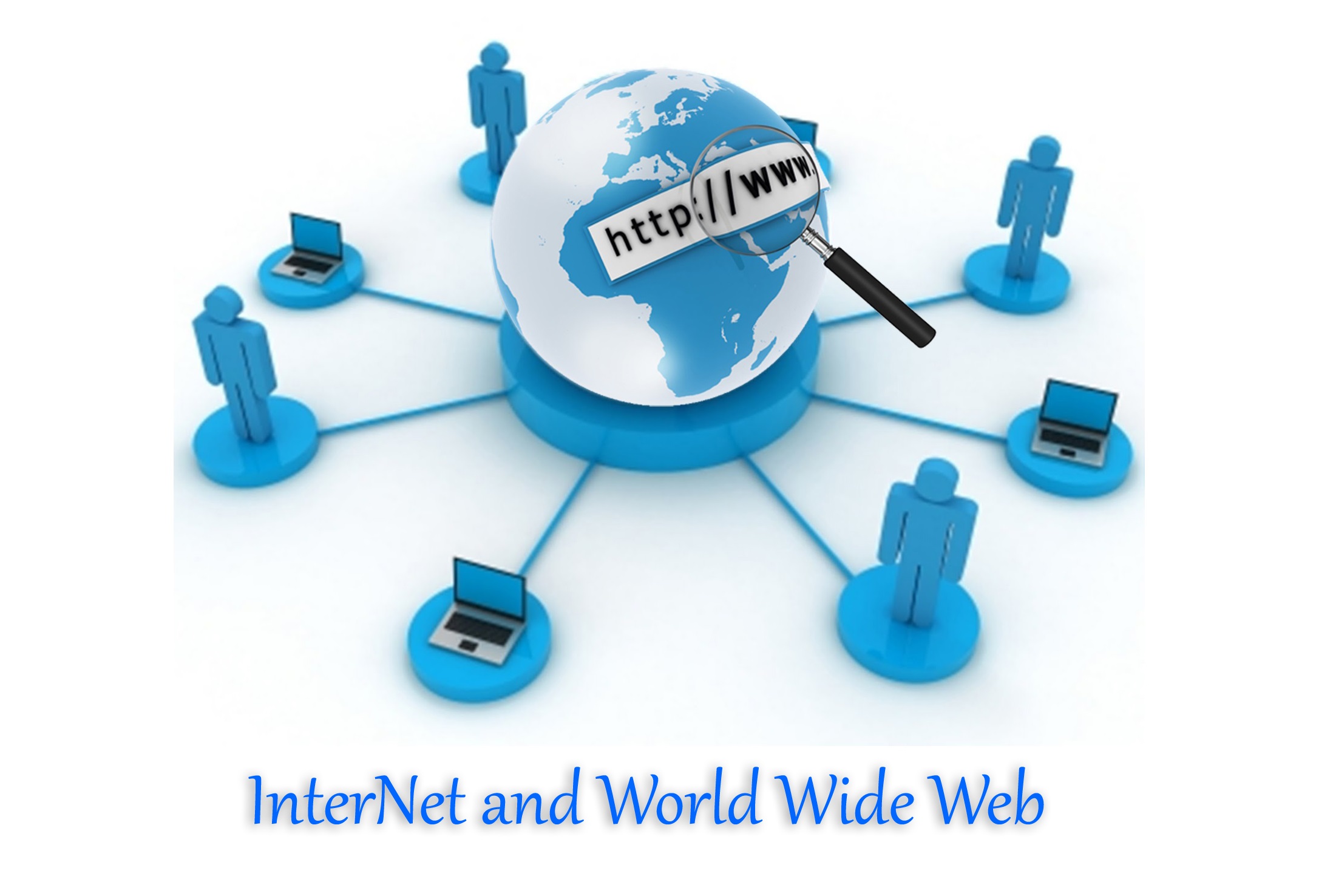Detail Author:
- Name : Mr. Luigi Yundt I
- Username : eleanore.powlowski
- Email : dina.walker@yahoo.com
- Birthdate : 1980-10-02
- Address : 3021 Stiedemann Place Apt. 291 Charleneville, OR 60315
- Phone : 1-580-253-2186
- Company : Jacobi, Brown and Bauch
- Job : Sports Book Writer
- Bio : Beatae reiciendis mollitia excepturi quis atque. Reprehenderit fugiat velit quis consequuntur et eum laudantium voluptate.
Socials
instagram:
- url : https://instagram.com/kenna4490
- username : kenna4490
- bio : Omnis vero quis qui minima dolores numquam odio. Earum provident impedit qui voluptatibus ratione.
- followers : 5007
- following : 1918
tiktok:
- url : https://tiktok.com/@klittle
- username : klittle
- bio : Quia quo vitae nostrum velit.
- followers : 2799
- following : 1728
Imagine having the ability to reach your Raspberry Pi computer from almost anywhere in the world, just by using a web browser. It's a pretty neat idea, isn't it? Whether you are away from home, working on a project, or perhaps you just need to check on something, accessing your little computer remotely can make things a lot easier. This is all about gaining control over your Raspberry Pi, even when you are not physically next to it.
Many people find themselves wanting to get to their Raspberry Pi when they are on a different computer, or maybe from a different location entirely. It's a common desire, you know, especially with how small and energy-efficient these devices are. They are quite good for setting up in a remote spot, and then you just need a way to connect back to them.
Thankfully, there are some really good ways to make this happen. We will look at how you can access your Raspberry Pi remotely using various tools, some of which are very familiar, and one that is a bit newer. You will see how to get to your desktop screen, or even just a command line, all from afar, so that you can keep your projects going.
Table of Contents
- Why Reach Your Raspberry Pi from Anywhere?
- The Main Ways to Get to Your Raspberry Pi Remotely
- Getting Your Raspberry Pi Ready for Remote Connections
- Other Options for Remote Access
- Making the Connection from Anywhere with a Web Browser
- Frequently Asked Questions
Why Reach Your Raspberry Pi from Anywhere?
There are quite a few reasons why someone might want to get to their Raspberry Pi from a distance. Perhaps you have a project running at home, and you are on a trip, but you need to make a quick change or check on its status. It's really convenient, actually, to be able to do that without having to be right there.
Maybe you are troubleshooting an issue with your Pi, or you just need to access some files on it. Having remote desktop access opens up a whole world of possibilities for managing your projects and even doing some administration tasks. It makes your Raspberry Pi a much more flexible tool, you know, for all sorts of things.
The Raspberry Pi's small size and low energy use make it perfect for putting in places where you can't always be present. People often want to access their Raspberry Pi from another computer, so this is a very common request. It just makes sense, doesn't it, to have that kind of freedom with your computer?
The Main Ways to Get to Your Raspberry Pi Remotely
When it comes to reaching your Raspberry Pi from afar, there are three main methods that people tend to use. Each one has its own way of working, and they offer different levels of access. We will explore these methods so you can figure out which one might be the best fit for what you want to do.
These methods include SSH, which is great for command line work, VNC, if you need to see the full desktop, and the newer Raspberry Pi Connect, which is quite innovative for browser-based access. It's pretty cool how many options you have, actually, for getting to your Pi.
SSH: For Command Line Control
One of the most popular ways to make a remote connection to a Raspberry Pi is by using SSH, which stands for Secure Shell. This tool gives you secure access to a terminal session on your Raspberry Pi. It's very light and fast, which is why many people prefer it for command line tasks.
With SSH, you are basically typing commands directly into your Raspberry Pi, just as if you were sitting in front of it with a keyboard. It's a very direct way to control things, and it uses very little network bandwidth, so it's quite efficient. You can manage files, run programs, and do pretty much anything you would do in a terminal, all from a distance.
This method is particularly good if you do not need to see the graphical desktop interface. If your projects involve mostly coding or server management, then SSH is often the go-to choice. It's a very secure way to connect, too, which is always a good thing when you are accessing your devices over a network, or perhaps over the internet.
VNC: For Seeing Your Desktop
If you need to see the actual desktop screen of your Raspberry Pi, then VNC, or Virtual Network Computing, is a very useful tool. It provides secure access to a desktop screen share on your Raspberry Pi. This means you get to see exactly what is on your Pi's screen, and you can control it with your mouse and keyboard, just like you are there.
VNC is great for when you are working on something that needs a visual interface, like setting up software with a graphical installer, or perhaps using a web browser on the Pi itself. It gives you the full desktop experience, which can be really helpful for certain kinds of tasks. It's a bit like looking through a window into your Pi's world.
While VNC can be very handy, it does use more network data than SSH because it is constantly sending screen updates. So, you might notice it feels a little slower if your internet connection isn't very strong. But for many people, the ability to see and interact with the desktop is worth it, especially for more visually oriented projects.
Raspberry Pi Connect: The Browser Way
The folks at Raspberry Pi have come up with a rather easy and innovative solution for remote access, and it's called Raspberry Pi Connect. This is a secure remote access solution for Raspberry Pi OS, and it lets you connect to your desktop and command line directly from any web browser. It's still in a beta version, but it's proving to be quite a useful tool.
What's really neat about Raspberry Pi Connect is that you do not need to install special software on the computer you are using to connect from. You just open your web browser, go to the service, and you are in. This means you can access your Raspberry Pi from almost any device that has a browser and an internet connection, which is pretty convenient.
This tool is designed to work well with Raspberry Pi 4, 5, or 400 models, and it aims to make global access to your Pi much simpler. It solves the problem of wanting to access your Raspberry Pi from anywhere in the world, without needing to set up complex network configurations. It's a secure and easy way to get to your Pi, so that you can keep working on your projects or troubleshoot issues, no matter where you are.
Getting Your Raspberry Pi Ready for Remote Connections
Before you can start accessing your Raspberry Pi from afar, you need to do a few things on the Pi itself to get it ready. This usually involves enabling the remote access features you plan to use, like SSH or VNC, within the Raspberry Pi OS settings. It's not too difficult, but it is a necessary first step.
For SSH, you might need to enable it through the Raspberry Pi Configuration tool or by using a command in the terminal. Similarly, for VNC, you would typically enable the VNC server in the same configuration tool. Raspberry Pi Connect, being a newer tool, has its own setup process, which is designed to be quite user-friendly.
Sometimes, you might also need to think about your home network settings, especially if you want to access your Pi from outside your home network. This could involve setting up port forwarding on your router, or using a VPN. However, tools like Raspberry Pi Connect aim to simplify this, so you do not have to deal with those more involved network steps.
Learning how to set up Raspberry Pi tunnels for remote access can also be very helpful for secure connections over the internet. You can learn more about Raspberry Pi projects on our site, which might give you ideas for what to do once you have remote access working.
Other Options for Remote Access
While SSH, VNC, and Raspberry Pi Connect are some of the most common ways to get to your Pi remotely, there are other solutions available too. Tools like TeamViewer or XRDP can also provide remote access to a Raspberry Pi over the internet. These options might need a few extra configuration steps to make them work from across the globe.
These tools often offer a full graphical desktop experience, much like VNC. However, their setup process can sometimes be a bit more involved, especially when you want to make sure they are secure and accessible from outside your local network. It's good to know there are choices, so that you can pick what works best for your specific needs.
The main thing is that these solutions all aim to help you take full control of your Raspberry Pi, no matter where you are. They open up a lot of possibilities for managing your projects and keeping an eye on your little computer. You can also find more information on various remote desktop methods on our site, which could be useful.
Making the Connection from Anywhere with a Web Browser
The idea of accessing your Raspberry Pi from a different computer via a web browser, potentially from anywhere in the world, is quite appealing. This is where Raspberry Pi Connect truly shines. Using this new tool, you can simply open your browser and connect directly to your Pi's desktop or command line. It makes things very straightforward.
This browser-based approach means you are not tied to a specific operating system or a particular piece of software on your connecting device. Whether you are using a laptop, a desktop, or even a tablet, if it has a web browser, you can likely get to your Raspberry Pi. It's a very flexible way to manage your Pi, you know, when you are on the go.
The convenience of a web browser connection cannot be overstated. It means less setup on the client side and more freedom for you. This approach is designed to be secure, too, which is important when you are dealing with remote access over the internet. It really helps to overcome some of the common hurdles people face when trying to reach their Pi from afar.
Frequently Asked Questions
People often have questions about how to get to their Raspberry Pi from a distance. Here are some common ones that come up, which might help you understand things a bit better.
How do I remotely access my Raspberry Pi from a browser?
You can remotely access your Raspberry Pi from a browser using Raspberry Pi Connect. This new tool lets you connect to your Pi's desktop and command line directly through a web browser, so you do not need to install any special software on the computer you are using to connect. It's a very direct way to do it, actually.
Is Raspberry Pi Connect free?
Yes, Raspberry Pi Connect is a secure remote access solution for Raspberry Pi OS, and it is available for free as a beta version. This makes it a very accessible option for anyone wanting to control their Raspberry Pi from a distance without extra cost. It's a pretty good deal, in some respects.
Can I control my Raspberry Pi from my phone?
Yes, you can control your Raspberry Pi from your phone. If you use Raspberry Pi Connect, you can access it through your phone's web browser. For other methods like SSH or VNC, there are various apps available for smartphones that let you connect to your Pi's terminal or desktop. So, you have options for mobile control, which is quite handy.


